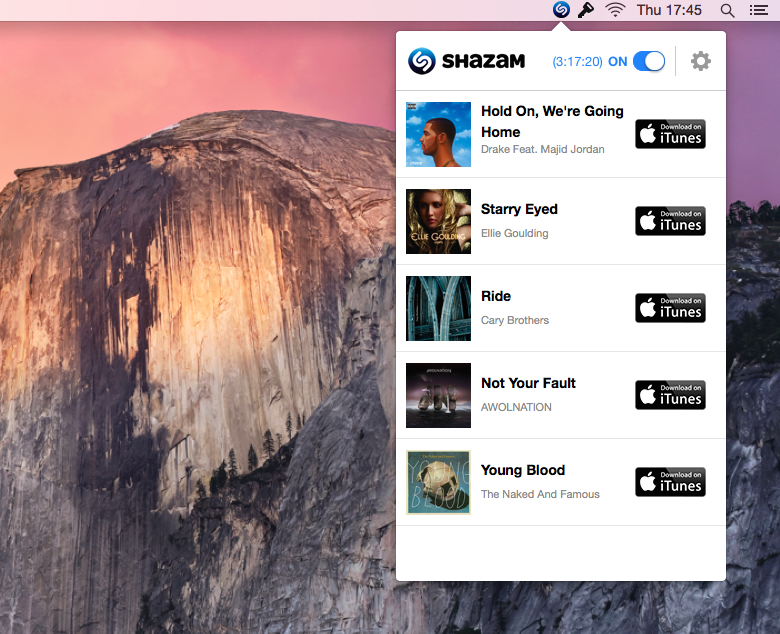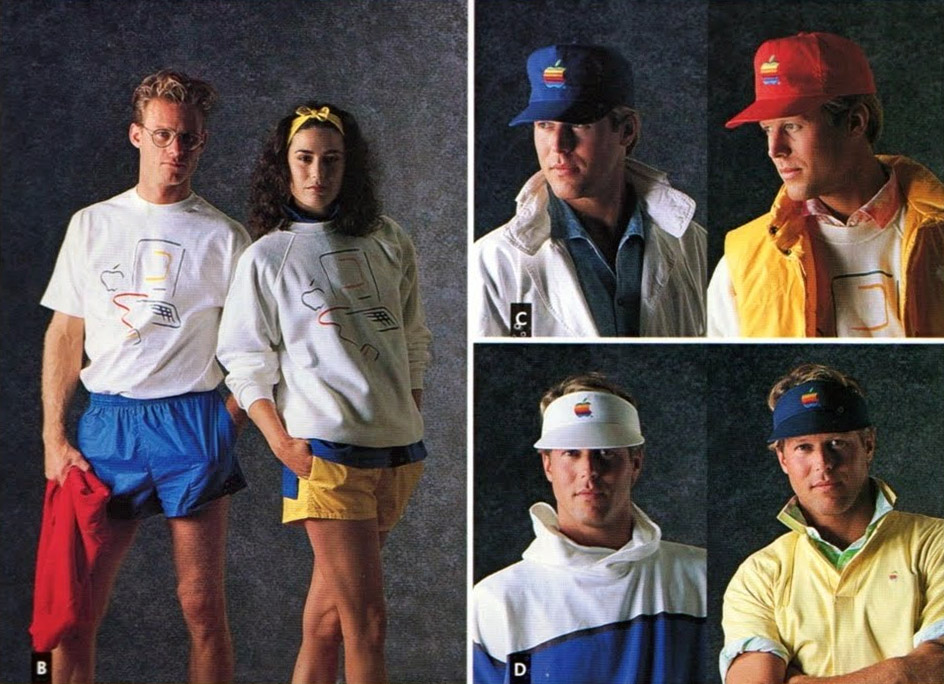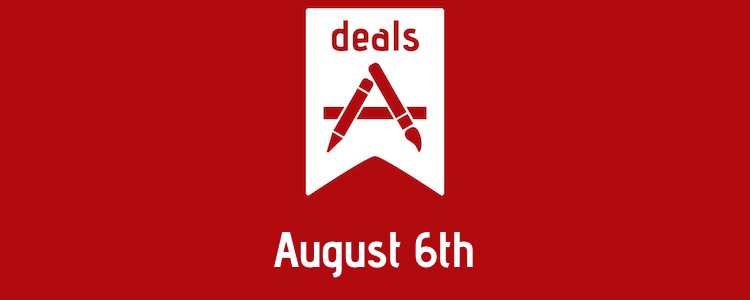In an update released yesterday on the App Store, Pinterest rolled out a messaging feature that allows people to share pins privately and have discussions around them.
Casey Newton has a good overview:
Starting today, the company is rolling out messages on Android, iOS, and the web. Like Facebook’s “chat heads,” recent messages pop up to the left of the feed as bubbles with your friends’ faces. You’ll find the others under the pin icon where notifications pop up. Just click the ‘+’ icon, type in the name of a friend on Pinterest, and you can send a pin or a standalone message. The impressive thing about Pinterest messages is that the pins you send within the app retain all the functionality of a pin you see anywhere else on the site. Anything you can do with a pin on Pinterest’s web site, you can do inside a message: pin it to a board of your own, send it to another friend, or click the ‘heart’ to add it to your list of favorites. You can even drag a pin from the site into a message.
Pinterest is the only social network that I’m genuinely excited about lately. I’ve been using Pinterest a lot in the past few months, and it strikes me as a company that knows what people want and how they really use the service. Everything about it is friendly, comfortable, and practical; the fact that I can talk about Pinterest with my “normal” friends without getting the blank stares I receive for Twitter also helps.





